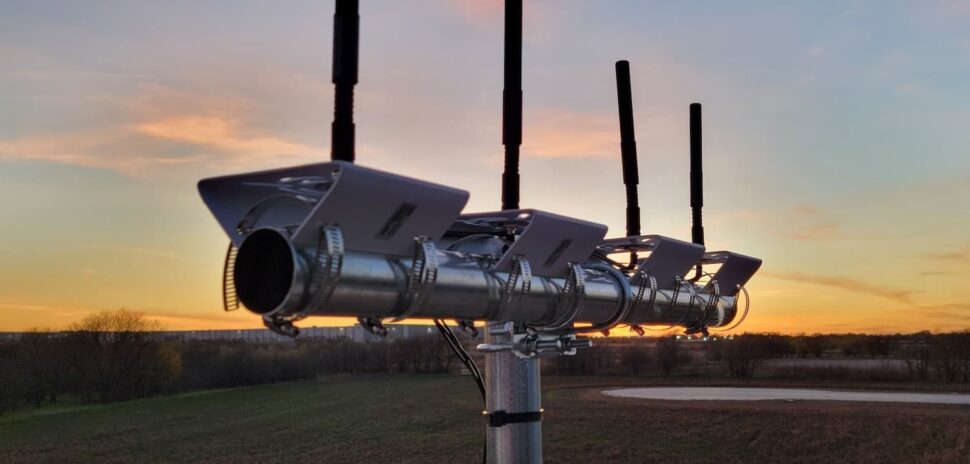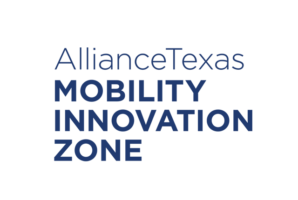When you’re a pilot in a fighter jet, lightning-fast maneuvers can leave you feeling queasy and disoriented, causing you to momentarily lose your bearings. Even if that lasts only seconds, it can mean the difference between life and death—whether in a combat zone or the skies over America.
That danger has resulted in the loss of over 100 U.S. Air Force members and $2.3 billion in revenue from 1993 to 2013, notes Dallas-based Spark Biomedical. And the danger doesn’t just impact pilots—it can affect soldiers and sailors in other military branches as well, who are also exposed to erratic jostling and movement during missions.
Now Spark is partnering with the U.S. Air Force to try to reduce the risk.
Armed by a $480,000 Defense Health Agency RESTORAL grant and led by the Air Force’s 59th Medical Wing, Spark is exploring the effectiveness of its wearable neurostimulation technology in reducing spatial disorientation and motion sickness among military personnel.
The challenge
No matter how rigorously pilots and air crews are trained, nothing can fully prevent motion sickness or spatial disorientation—a condition where the brain can’t determine its position relative to its surroundings. That can lead to potentially fatal errors. Currently, the Department of Defense employs a methods to manage the issue, but they “aren’t combat-appropriate due to the potential sedative effects caused by the pharmacological treatments used,” Spark said.
One potential way to reduce the issue: transcutaneous auricular neurostimulation.
That’s the technology used by Sparrow Ascent, Spark’s premier “tAN”platform. Already cleared by the FDA for the treatment of opioid withdrawal symptoms, Sparrow Ascent delivers mild electrical signals through the skin on and around the ear to target the vagus and trigeminal nerves.
The study will test the technology’s ability to correct the sensory “mismatch” responsible for motion sickness and spatial disorientation in pilots, with a goal of improving pilot safety and decision-making and avoiding the drawbacks of standard treatments, Spark said.
“Spark is committed to expanding the reach of tAN therapy to improve outcomes for military service members,” Dr. Melanie McWade, Ph.D., Spark’s senior director of clinical operations, said in a statement. “Our wearable technology has the advantage of being non-invasive and non-sedating, making it an attractive option for DoD personnel operating in dynamic environments. This study will be the first randomized controlled clinical trial assessing the use of tAN therapy to reduce the impact of motion sickness and spatial disorientation. The results of this trial will propel the technology closer to filling a critical gap where there are currently few options.”
Lieutenant Colonel Isaac D. Erbele, M.D., the principal investigator from the Otolaryngology Department at Brooke Army Medical Center, said that if this study is successful—and the device reduces motion sickness and spatial disorientation—”we have a real opportunity to improve warfighter performance when our soldiers, airmen, and sailors find themselves in challenging environments.”
Study to take place at a base in San Antonio
The Spark study will take place at Joint Base San Antonio—Randolph over the next year, Spark said. It involves 36 patients who will undergo either active or sham transcutaneous auricular neurostimulation before going through a simulation of real-world conditions that induce motion sickness and spatial disorientation. Participants will then complete a series of challenges to test their cognitive states.
Enrollment in the study is currently open, Spark added, noting that the 59th Medical Wing is the Air Force’s “premier health care, medical education and research, and readiness wing,” providing a full spectrum of healthcare services to more than 255,000 beneficiaries in the Defense Health Agency, San Antonio Military Health System.
Don’t miss what’s next. Subscribe to Dallas Innovates.
Track Dallas-Fort Worth’s business and innovation landscape with our curated news in your inbox Tuesday-Thursday.
































